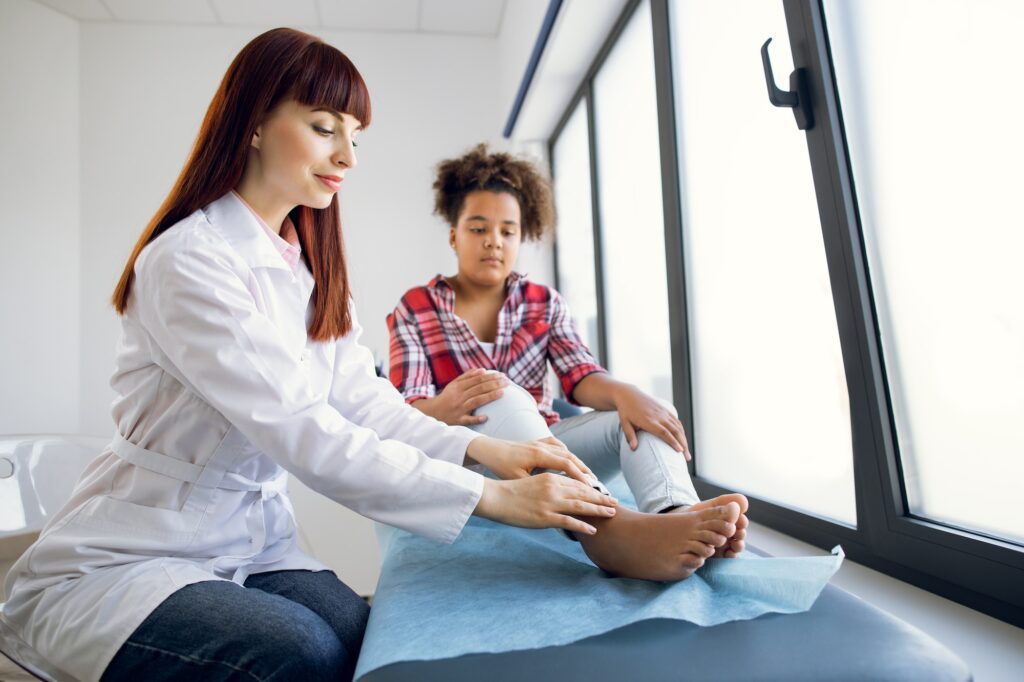When tissue gets damaged by fire, heat, radiation, chemical or electrical contact, it forms a burn wound. They can be minor scalds from a spill of hot water to life-threatening emergencies.
The treatment for burns depends on where it is located and how severe it is. Small scalds can usually be treated at home. But, deep or large burns need emergency medical attention. Sometimes, it can take many months to recover and needs a lot of follow up care.
Burn Symptoms
Burn symptoms can vary depending on the intensity of damage. It can even take a couple of days for the actual symptoms to manifest. Depending on the intensity, it can be divided into:
1st-degree burn
This is minor and affects only the outer layer of the skin or epidermis. It may cause redness and pain.
2nd-degree burn
This is more severe and affects the epidermis and dermis, the second layer of skin. It may cause swelling and red, white or splotchy skin. There may also be blisters. Pain can be severe and if the burns are deep, it can cause scarring.
3rd-degree burn
This will reach the fatty layer which lies beneath the skin. The area that got burned can become discolored, turning black, brown or white. The skin may look leathery. It can destroy nerves, resulting in loss of sensation.
When to see a doctor for burn treatment
Small burns and scalds can be treated at home by holding it under water till the burning recedes and then applying a topical silver sulfadiazine-based ointment. But emergency medical attention must be sought if:
- Burns cover large areas of the feet.
- Burns are deep.
- Has penetrated more than one layer of derma.
- Skin looks leathery.
- Skin looks charred or has patches of black, brown or white.
- Burns were caused by chemicals or electricity.
- Difficulty in breathing or loss of consciousness.
You should also seek medical help if the minor wound that you are treating at home:
- Gets infected
- Starts oozing
- Gives off a foul odor
- Starts throbbing and feels heavy
- Doesn’t heal in two weeks
- Has redness and swelling
- New, unexplained symptoms appear
- There is significant scarring
How are burns managed or treated?
The burn treatment will depend on the severity of the burn. Treatments by burn type include:
First-degree burns
Topical silver sulfadiazine medication, pain killers and a dressing should suffice.
Second-degree burns
It is better to see the doctor. You may need a stronger antibiotic depending on how deep the burn is. Elevating the burned area can reduce pain and swelling. Second degree burns may cause scarring and may need skin grafts, which involves taking healthy skin from one part of the body and transplanting it onto the damaged areas.
Third-degree burns
Third-degree burns are usually quite severe and will cause scarring. It can even cause deformity in the areas of burn as the tendon and ligaments contract or may get destroyed, resulting in malformed toes and feet. Once the burns are treated and there is no immediate threat to life, options will have to be considered on how best to get the foot and ankle functional again. The foot surgeon may suggest surgery and skin grafts to help restore mobility to the feet.
Burns, mild and severe, of the feet are best checked by a podiatrist immediately as if it gets infected, it can cause other complications.


